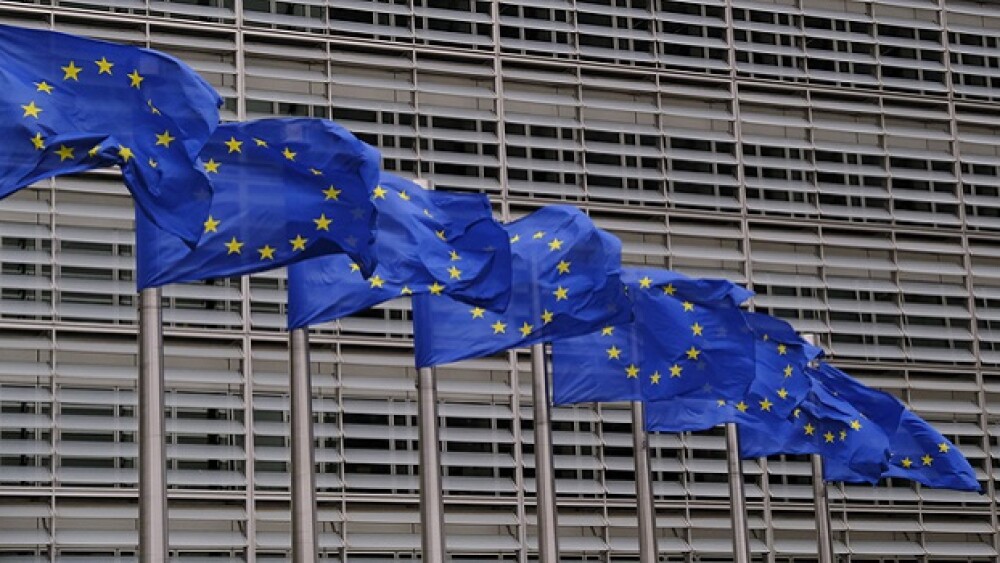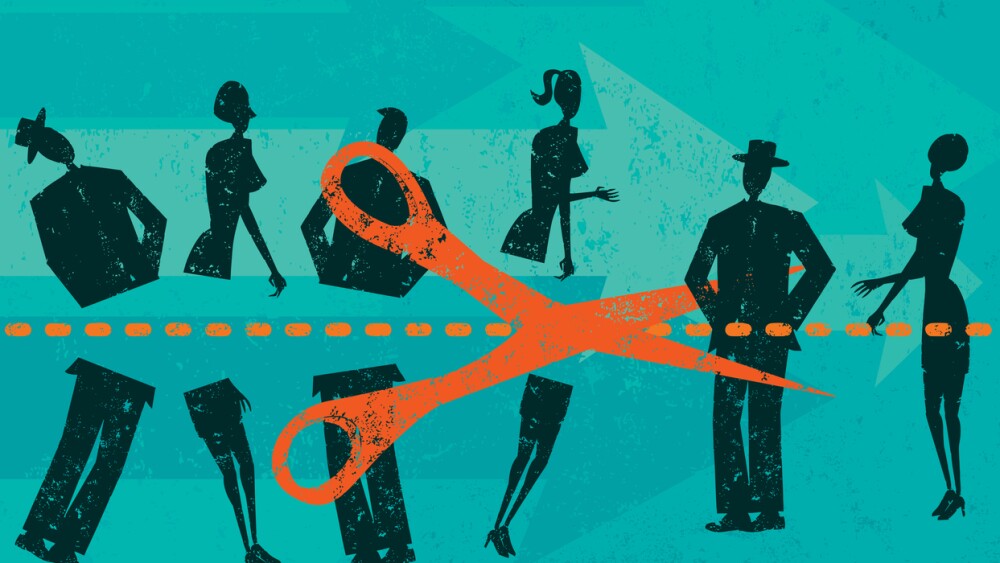Dennis Aabo Sørensen is the first amputee in the world to feel sensory rich information – in realtime – with a prosthetic hand wired to nerves in his upper arm. Sørensen could grasp objects intuitively and identify what he was touching while blindfolded.
Nine years after an accident caused the loss of his left hand, Dennis Aabo Sørensen from Denmark became the first amputee in the world to feel – in real-time – with a sensory-enhanced prosthetic hand that was surgically wired to nerves in his upper arm. Silvestro Micera and his team at EPFL (Switzerland) and SSSA (Italy) developed the revolutionary sensory feedback that allowed Sørensen to feel again while handling objects. A prototype of this bionic technology was tested in February 2013 during a clinical trial in Rome under the supervision of Paolo Maria Rossini at Gemelli Hospital (Italy). The study is published in the February 5, 2014 edition of Science Translational Medicine, and represents a collaboration called Lifehand 2 between several European universities and hospitals.
“The sensory feedback was incredible,” reports the 36 year-old amputee from Denmark. “I could feel things that I hadn’t been able to feel in over nine years.” In a laboratory setting wearing a blindfold and earplugs, Sørensen was able to detect how strongly he was grasping, as well as the shape and consistency of different objects he picked up with his prosthetic. “When I held an object, I could feel if it was soft or hard, round or square.”
From Electrical Signal to Nerve Impulse
Micera and his team enhanced the artificial hand with sensors that detect information about touch. This was done by measuring the tension in artificial tendons that control finger movement and turning this measurement into an electrical current. But this electrical signal is too coarse to be understood by the nervous system. Using computer algorithms, the scientists transformed the electrical signal into an impulse that sensory nerves can interpret. The sense of touch was achieved by sending the digitally refined signal through wires into four electrodes that were surgically implanted into what remains of Sørensen’s upper arm nerves.
“This is the first time in neuroprosthetics that sensory feedback has been restored and used by an amputee in real-time to control an artificial limb,” says Micera.
“We were worried about reduced sensitivity in Dennis’ nerves since they hadn’t been used in over nine years,” says Stanisa Raspopovic, first author and scientist at EPFL and SSSA. These concerns faded away as the scientists successfully reactivated Sørensen’s sense of touch.
Connecting Electrodes to Nerves
On January 26, 2013, Sørensen underwent surgery in Rome at Gemelli Hospital. A specialized group of surgeons and neurologists, led by Paolo Maria Rossini, implanted so-called transneural electrodes into the ulnar and median nerves of Sørensen’s left arm. After 19 days of preliminary tests, Micera and his team connected their prosthetic to the electrodes – and to Sørensen – every day for an entire week.
The ultra-thin, ultra-precise electrodes, developed by Thomas Stieglitz’s research group at Freiburg University (Germany), made it possible to relay extremely weak electrical signals directly into the nervous system. A tremendous amount of preliminary research was done to ensure that the electrodes would continue to work even after the formation of post-surgery scar tissue. It is also the first time that such electrodes have been transversally implanted into the peripheral nervous system of an amputee.
The First Sensory-Enhanced Artificial Limb
The clinical study provides the first step towards a bionic hand, although a sensory-enhanced prosthetic is years away from being commercially available and the bionic hand of science fiction movies is even further away.
The next step involves miniaturizing the sensory feedback electronics for a portable prosthetic. In addition, the scientists will fine-tune the sensory technology for better touch resolution and increased awareness about the angular movement of fingers.
The electrodes were removed from Sørensen’s arm after one month due to safety restrictions imposed on clinical trials, although the scientists are optimistic that they could remain implanted and functional without damage to the nervous system for many years.
Psychological Strength an Asset
Sørensen’s psychological strength was an asset for the clinical study. He says, “I was more than happy to volunteer for the clinical trial, not only for myself, but to help other amputees as well.” Now he faces the challenge of having experienced touch again for only a short period of time.
Sørensen lost his left hand while handling fireworks during a family holiday. He was rushed to the hospital where his hand was immediately amputated. Since then, he has been wearing a commercial prosthetic that detects muscle movement in his stump, allowing him to open and close his hand, and hold onto objects.
“It works like a brake on a motorbike,” explains Sørensen about the conventional prosthetic he usually wears. “When you squeeze the brake, the hand closes. When you relax, the hand opens.” Without sensory information being fed back into the nervous system, though, Sørensen cannot feel what he’s trying to grasp and must constantly watch his prosthetic to avoid crushing the object.
Just after the amputation, Sørensen recounts what the doctor told him. “There are two ways you can view this. You can sit in the corner and feel sorry for yourself. Or, you can get up and feel grateful for what you have. I believe you’ll adopt the second view.”
“He was right,” says Sørensen.
---Press Material
Press Kit (broadcast quality video & broll, photos, credit information): http://bit.ly/2014BionicHand
Youtube Video: http://bit.ly/2014EPFLYoutube_BionicHand
Science Translational Medecine Publication: http://bit.ly/1kiSXLX
Researcher Contacts
Silvestro Micera: (English, Italian)
Professor at EPFL (Switzerland), SSSA (Italy)
Translational Neural Engineering Laboratory and the Institute of Bioengineering Email : silvestro.micera@epfl.ch
Mobile : +39 347 615 7257, +41 79 875 2080
Stanisa Raspopovic : (English, Italian, Spanish, Serbian, French) First author and researcher at EPFL (Switzerland), SSSA (Italy)
Email : stanisa.raspopovic@epfl.ch
Mobile: +41 76 706 4850
Paolo Maria Rossini: (Italian, English)
Professor at the Catholic University of The Sacred Heart (Italy) Email: paolomaria.rossini@afar.it,
paolomaria.rossini@rm.unicatt.it
Telephone: +39-0630154403/4459, +39-06-6837300
Media Contacts
For contact with Dennis Aabo Sørensen, please contact Hillary Sanctuary
Hillary Sanctuary, EPFL Media Relations, Switzerland
Email : Hillary.sanctuary@epfl.ch
Telephone: +41 21 693 7022
Mobile: +41 79 703 4809
Lionel Pousaz, EPFL Editor-in-Chief, Switzerland
Email : lionel.pousaz@epfl.ch
Telephone+41 21 693 35227
Mobile: +41 79 559 7161
Francesco Ceccarelli, SSSA Press Officer, Italy
Email : francesco.ceccarelli@sssup.it
Tel. +39 050 883378
Mobile +39 348 7703786
Francesco Macaro, Universita` Campus Bio-Medico di Roma
Tel.: +39 06 22541 9016
Mobile: +39 335 7505308
E-mail: f.macaro@unicampus.it
Complementary Press Material from the Lifehand 2 project
[Download]
ENGLISH: 1) Press Folder; 2) Pictures (72 dpi e 300 dpi); 3) Logos of Institutions involved in the project; 4) Corporate Video of the Project (format: SD); 5) Statements of Patient (audio files).
Quotes from people involved in the project
Dennis Aabo Sørensen
Volunteer in the clinical study
“My kids were excited about the clinical trial. During their visit to Rome, they called me the ‘cable-guy’ because of all the cables attached to me.”
“The sensory feedback was incredible. I could feel things that I hadn’t been able to feel in over nine years. When I held an object, I could feel if it was soft or hard, round or square.”
Talking about the conventional prosthetic he usually wears: “It works like a brake on a motorbike. When you squeeze the brake, the hand closes. When you relax, the hand opens.”
Silvestro Micera
EPFL and SSSA Professor
Director of the Translational Neural Engineering Laboratory and the Institute of Bioengineering
“This is the first time in neuroprosthetics that sensory feedback has been restored and used by an amputee in real-time to control an artificial limb.”
“These results open up very promising clinical possibilities for amputees. In a few years from now, this technology could become clinically available.”
“It is amazing for me to see the sensory feedback becoming possible. I have been dreaming and working towards this since I was Ph.D. student fifteen years ago.”
Paolo Maria Rossini
Director of the Institute of Neurology, Policlinico Gemelli in Rome
“Like any non-routine surgery, preparing our patient to receive the prosthesis was challenging. But once it becomes standard procedure, I have no doubt that this type of micro-surgery could be performed in an hour or so under local anesthesia.”
“The biggest challenge to ensure optimal, long-lasting performance was to properly connect the nerve trunk with the electrodes and to keep them from slipping around the insertion point. In the near future, we hope to achieve nerve-electrode connections that will remain fully functional for years.”
Stanisa Raspopovic
EPFL and SSSA Researcher
“We were worried about reduced sensitivity in Dennis’ nerves since they hadn’t been used in over nine years. Still, we were able to reactivate his sense of touch.”“It was a very exciting moment when, after endless hours of testing the (sensory-enhanced) artificial hand, Dennis turned to us and said with disbelief, ‘This is magic! I can feel the closing of my missing hand!’”
“All of the time and resources invested into restoring hand-sensations to Dennis converged during the clinical study. It was the culmination of many years of research on microelectrodes in the laboratory.”
Hey, check out all the engineering jobs. Post your resume today!




